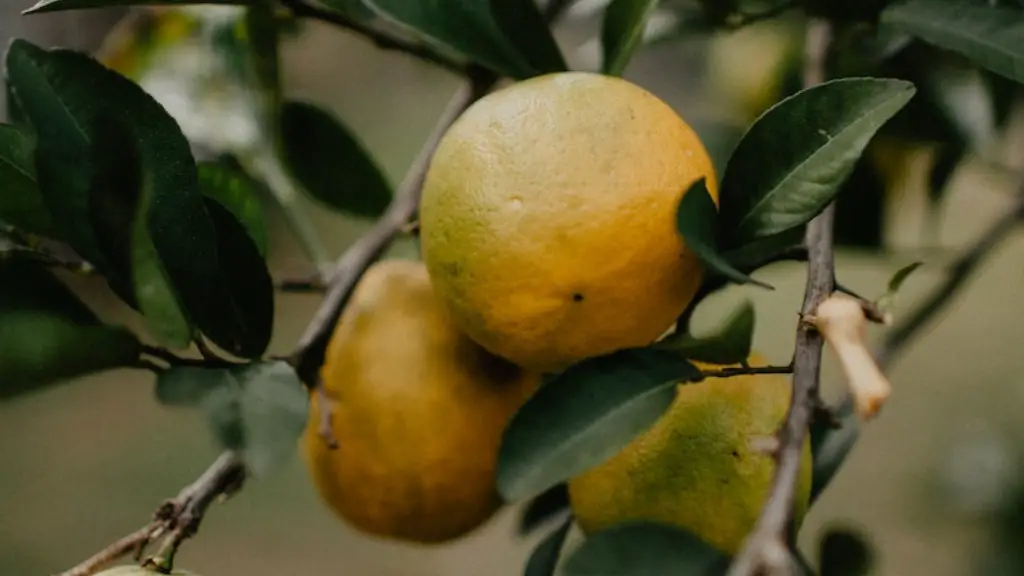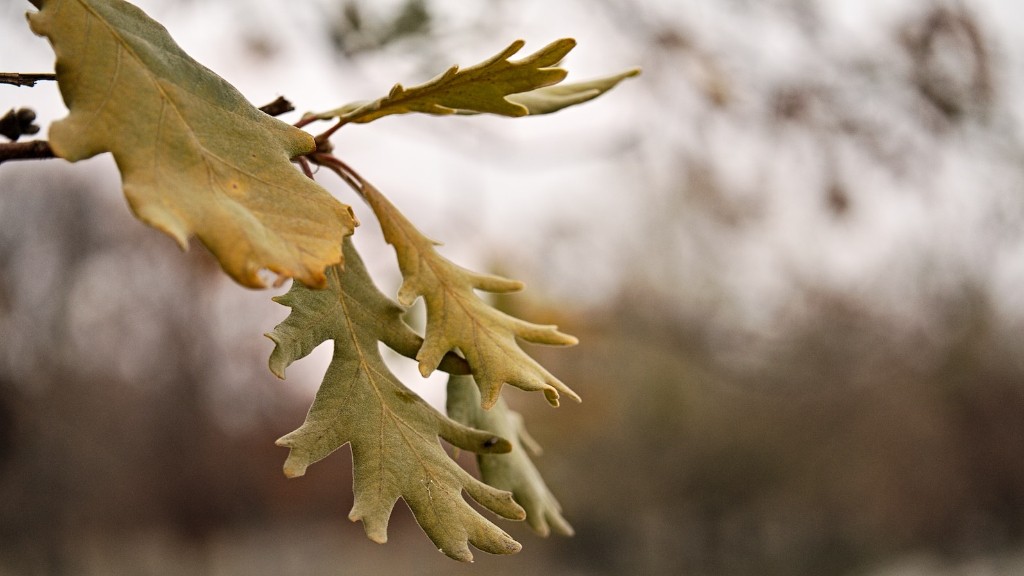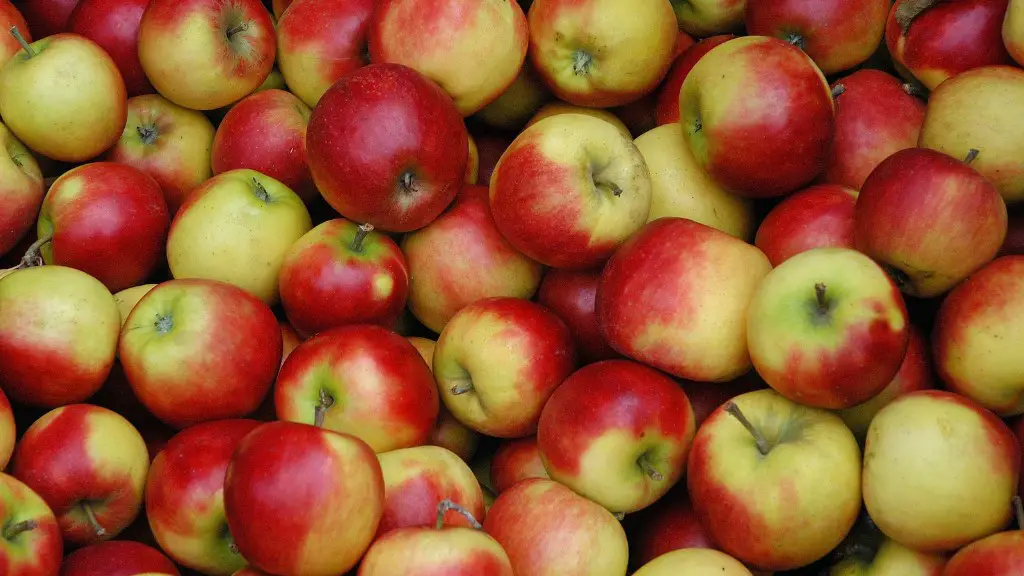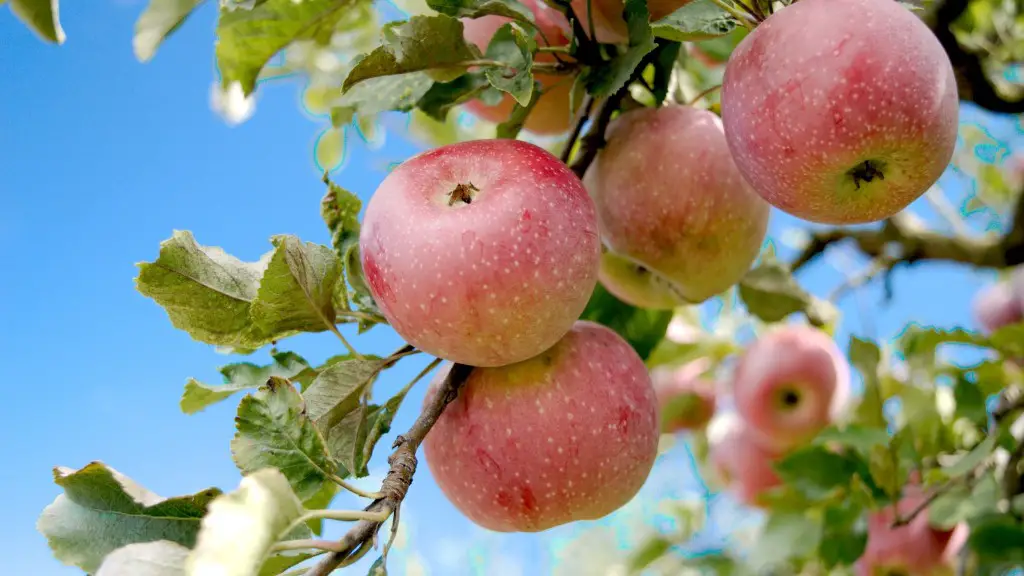Growing lemon trees from seed is an exciting adventure.
Before you start, you need to know a few things: proper lighting and soil conditions, temperature, and proper germination technique.
To begin, you will need a container with good drainage, potting soil, and lemons that have not been treated. If you’re purchasing a pre-packaged container, you’ll want to make sure it’s been sterilized.
Then, cut out the desired number of lemon seeds and rinse them off. Place a seed in the center of each hole and add a bit of soil on top.
Cover the container with a piece of plastic or a damp cloth to keep the humidity high. Place the container in a sunny spot and keep the soil moist.
When the seeds start to sprout, remove the plastic or cloth and make sure the container is in an area with proper lighting and ventilation. To ensure healthy growth of your lemon tree, be sure to monitor the temperature and moisture of the soil.
Once you see the plant is growing, you can begin to add fertilizer and water to the container. If your lemon tree is getting too much sun, you can move it to a shadier spot.
Watering the Tree
Once your lemon tree is up and growing you’ll want to make sure that it has a consistent supply of water. Make sure to check the moisture in the soil every few days and water the soil only when it’s dry. Do not overwater the soil as this can lead to root rot.
You can also mist the leaves of the tree if the humidity levels are low. Once the plant is established, you may need to begin fertilizing the soil to provide additional nutrients.
To ensure your lemon tree grows to its full potential, you’ll also want to keep an eye on the pH level of the soil. If the pH level rises above 7, you’ll need to add more acidic soil to the container.
You can purchase soil testing kits at any garden center which will help you track the pH level. With the right care and attention, your lemon tree can thrive and provide you with plenty of delicious lemons.
Pruning the Tree
Pruning your lemon tree is important for its health and look. Once the tree is mature, it will need regular pruning to reduce its size and maintain an attractive form and shape.
When trimming your lemon tree, use the correct tools. Pruning sheers should be used for lighter branches, while loppers and saws should be used for thick branches. Make sure to cut only dead, broken, or diseased branches.
For larger trees, you may need a ladder or a cherry picker to reach the higher branches. Be sure to research proper pruning techniques and always use eye protection.
Pruning your lemon tree at least twice a year will help keep its size manageable, promote healthy growth, and encourage more abundant fruiting.
Harvesting the Fruits
When harvesting your lemons, you’ll want to wait until they have changed color to a yellowish-orange and have reached optimal ripeness. Pick them with care and handle them with clean hands.
Harvesting should take place in the morning when temperatures are cooler and the fruits are at their fullest flavor. Once picked, you can store the lemons in a refrigerator for up to two weeks.
Be sure to check your lemon tree every few weeks for fruits that may have gone unnoticed and harvest them before they spoil. You’ll be sure to enjoy your hard work with plenty of delicious lemons.
Disease & Pests
Growing lemon trees can be a lot of fun, but it’s important to be aware of any signs of pests and disease. Some of the most common pests are scale insects and aphids. If you find any of these on your tree, you’ll need to spray them off as quickly as possible.
Diseases can also occur and can range from mildew to fungal infections. If you notice any signs of disease, it’s important to take action immediately. Spray the tree with a solution of water, baking soda, and a teaspoon of vegetable oil.
Take care to monitor your lemon tree regularly to ensure it’s healthy and thriving. Make sure to regularly check for any signs of pests or diseases and take the necessary steps to keep your tree in good condition.
Growing Tips
There are a few key tips that can help your lemon tree grow and thrive. Make sure to keep the soil slightly moist and the temperature of the room the tree is in consistently warm.
Choose a container with good drainage and fertilize about once a month with a balanced fertilizer. Consider adding some compost or mulch to the top of the soil to create a more hospitable environment for your lemon tree.
Be sure to position the tree in a sunny area as lemons require lots of sunlight to thrive. If the tree grows too tall, you can use bamboo stakes to create support.
Finally, repot the tree yearly with a potting mix that is slightly acidic. If you choose to transfer the tree to a larger pot, make sure to mix in perlite or sand for good drainage.




